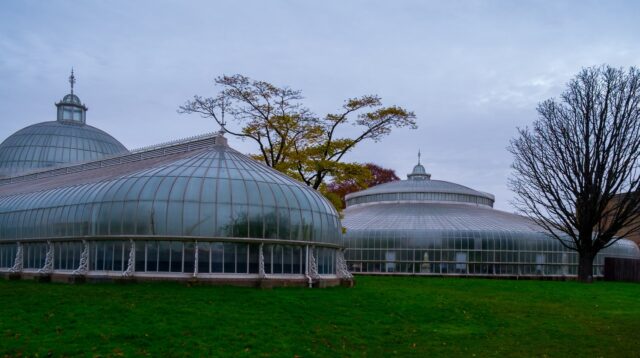
Glasgow is better known as an industrial and engineering center of Great Britain than a tourist place. Like any ancient Scottish city, Glasgow has several significant architectural monuments of the Middle Ages. But, nevertheless, the main building was carried out during the industrial boom of the XVIII-XIX centuries. The authentic Merchant District is witnessing an unprecedented boom in the urban economy in those days.
A trip to Glasgow is a great opportunity to learn more about the history of Scotland, take a walk along the halls of one of the oldest European universities and admire the harmonious features of the architectural style of Scottish Gothic. This city boasts a large number of tourist attractions that anyone can visit.
The Merchant District
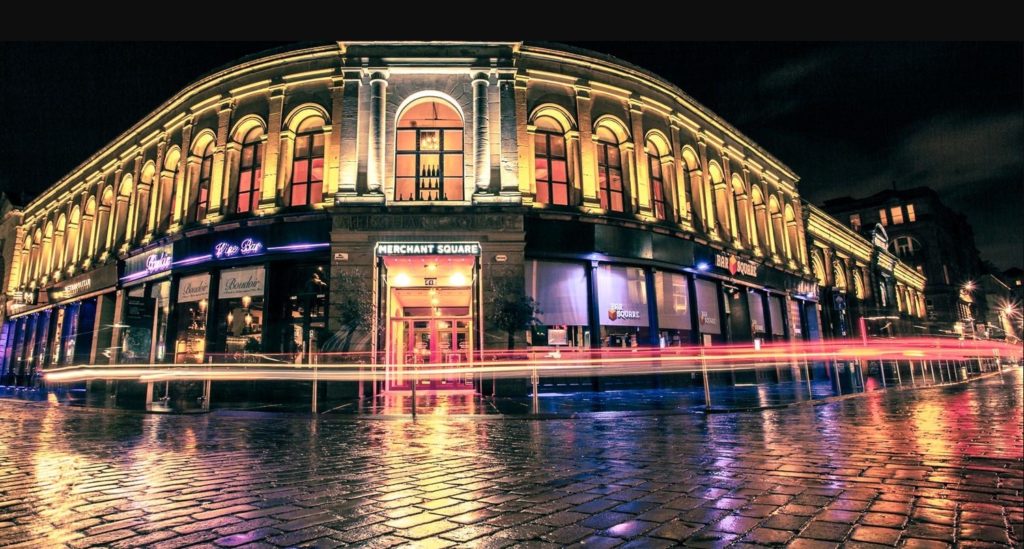
This district appeared in the second half of the XVIII century. Wealthy merchants settled on its territory, so it was considered very prestigious. By 1970, the district was gradually declining. The large-scale reconstruction of the Merchant City began in the 80s. Today it is the center of luxury housing, trendy restaurants and branded stores located in historical buildings.
Kelvingrove Art Gallery and Museum
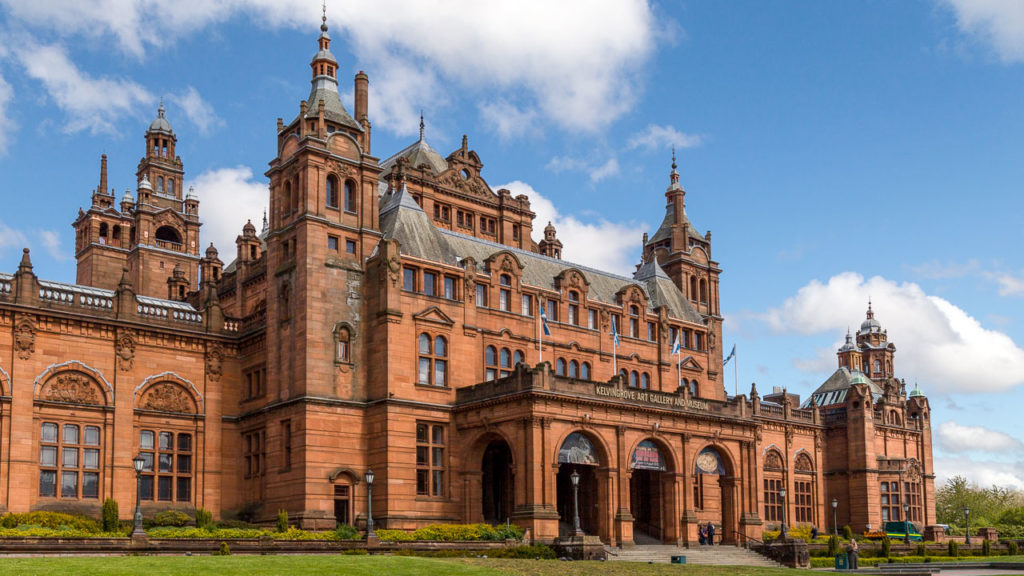
Art Museum is one of the most visited in Scotland. The building was built at the beginning of the 20th century in the style of Spanish Baroque. The construction was held in conjunction with the opening of the International Exhibition in Glasgow in 1901. The collection of the gallery consists of paintings by Rubens, Picasso, Rembrandt, Dali, as well as works by Scottish artists. The Kelvingrove Museum is one of the hundred most visited museums in the world like the Hermitage Museum in St. Petersburg. To see some more you can check petersburg.expert.
Glasgow Museum of Transport
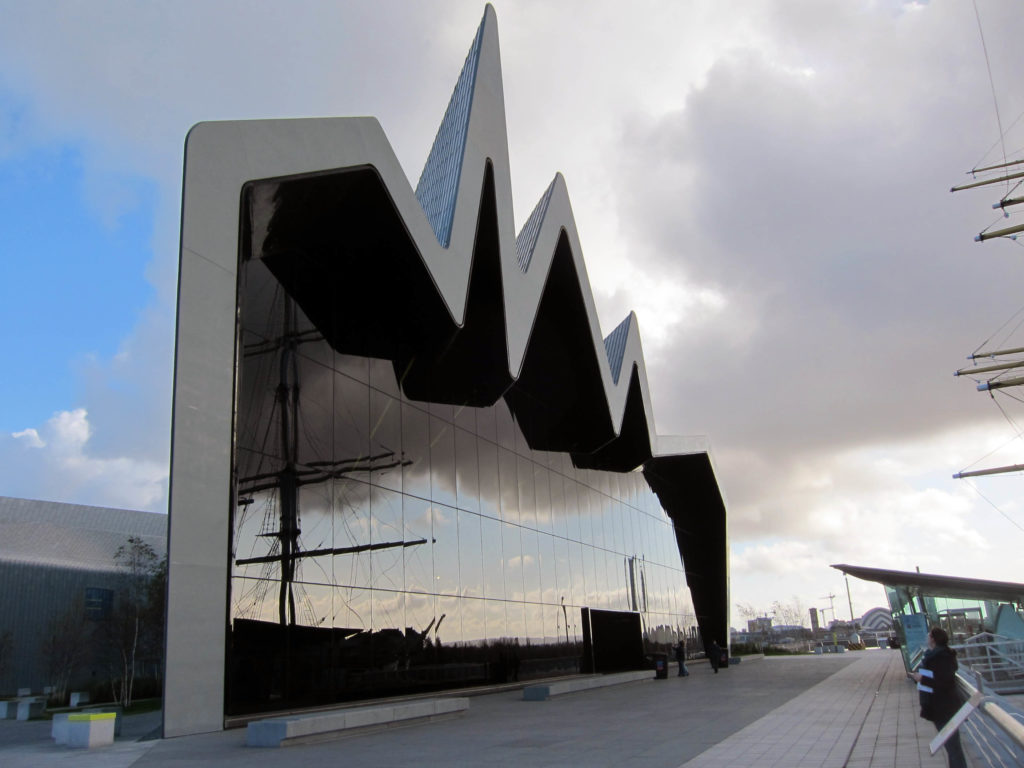
The museum has an exhibition is dedicated to city transport in Glasgow. There are bicycles, horse-drawn vehicles, buses, trams, cars, and train models. The museum collection consists of 3 thousand copies. You can even find old racing cars here. The ship “Glenlee” that was built in 1896, which was decommissioned in 1993 is moored near the museum building.
Burrell Collection
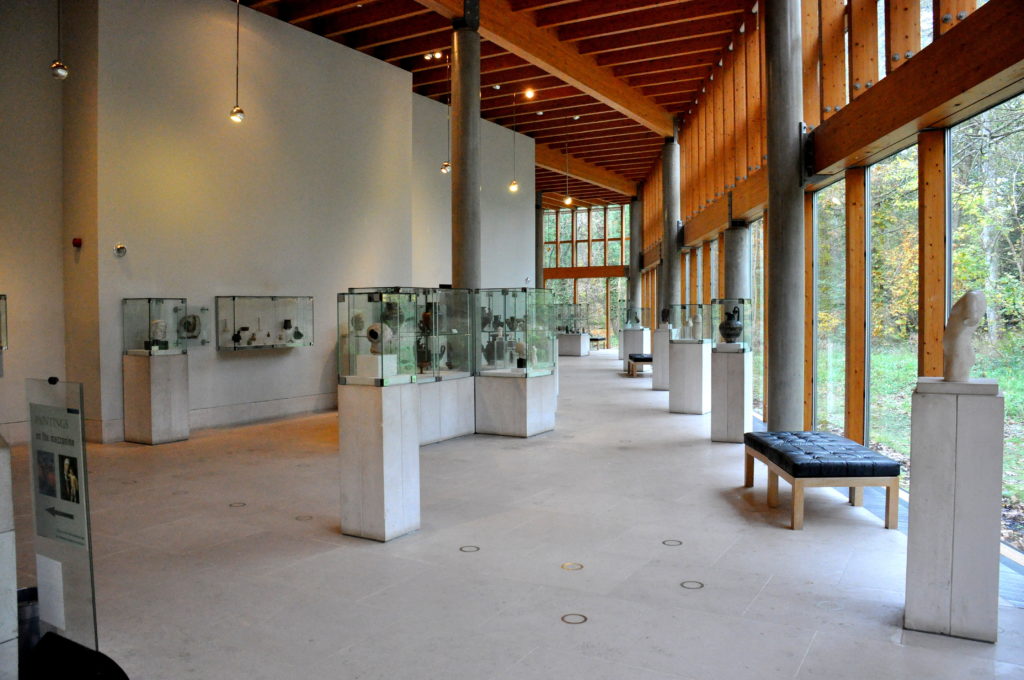
Glasgow got this collection of works of art from businessman Sir William Barrel in 1944. The collection has about 9 thousand exhibits, many of which are real pearls of the Renaissance. Barrel was an enthusiastic admirer of art, during his life he managed to collect a lot of objects belonging to different eras and countries. A separate building for the museum was built in 1983.
Gallery of Modern Art
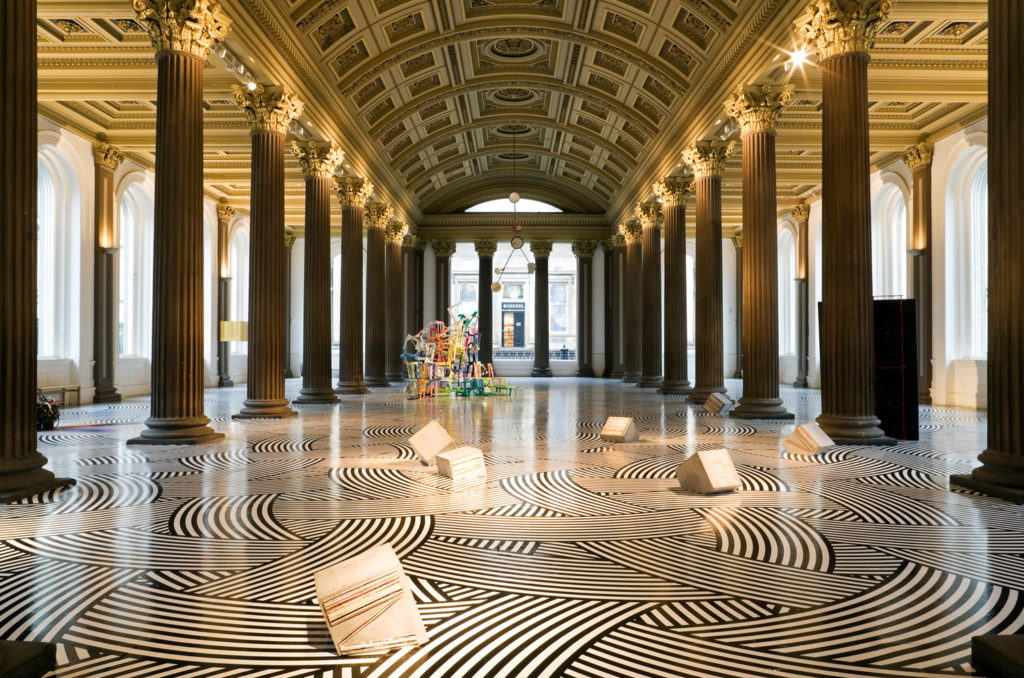
The museum is housed in the former Royal Exchange building, erected in 1829. Until 1996, there was a library. Large gallery spaces are reserved for temporary exhibitions because their own collection is at the stage of active formation. There is an equestrian statue of the Duke of Wellington of the mid-19th century in front of the gallery. The locals constantly adorn this statue with a traffic cone. Nobody knows where this “tradition” came from, but the authorities were not able to fight this form of soft vandalism.
Glasgow Science Centre
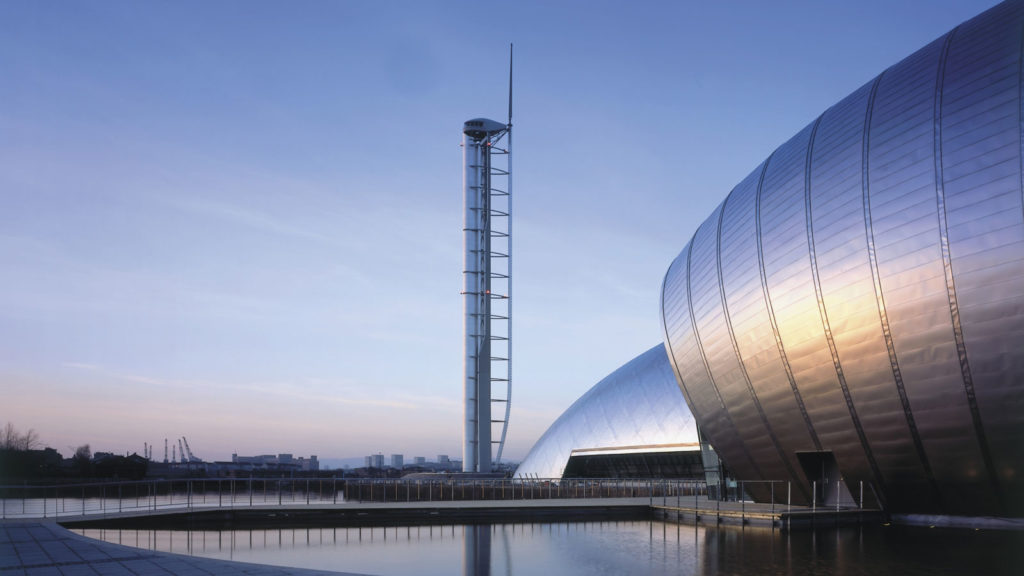
A modern museum with an interactive exhibition which is designed to demonstrate various scientific achievements. The collection is located on three floors, it includes more than 250 exhibits. There are also the largest UK planetarium, IMAX cinema and the 127-meter Glasgow tower with an observation deck and exhibition center on the territory of the Glasgow Science Centre.
Alexandra Palace and Winter Garden
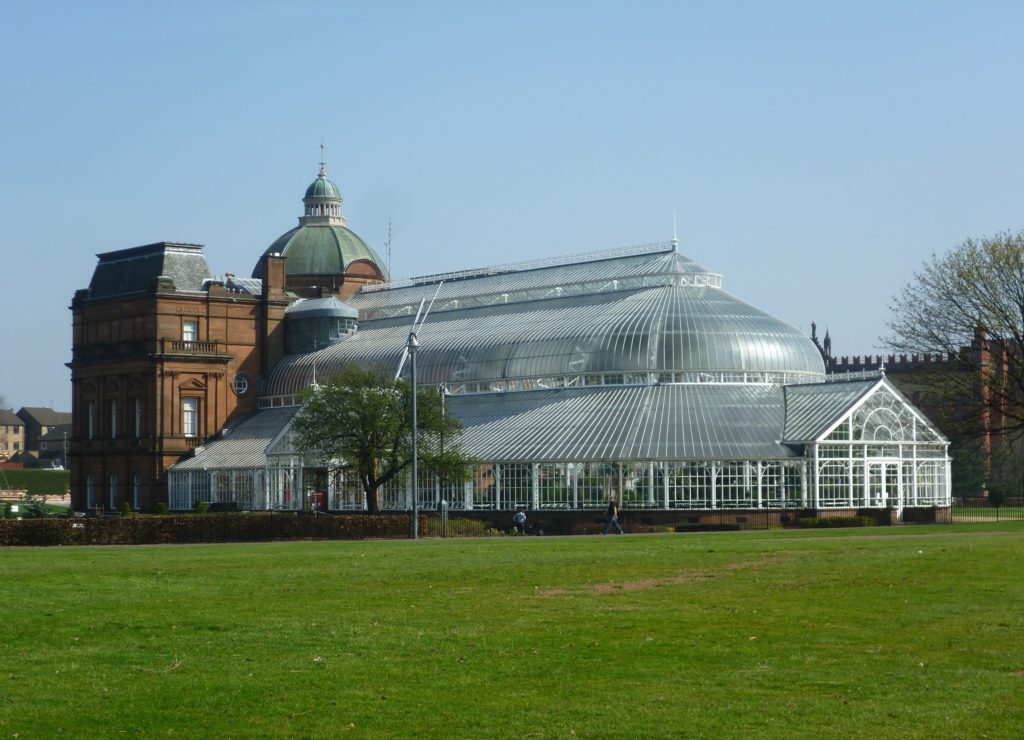
This palace, also known as the “Palace of the People”, is an architectural monument of the late 19th century. Previously, there was a public reading room. Nowadays, the city historical museum is located on its territory. The Winter Garden adjoins the palace, where plants from all over the Earth are collected. Thanks to a special temperature regime, that is maintained inside, exotic species can exist in familiar conditions.
Glasgow Botanical Gardens
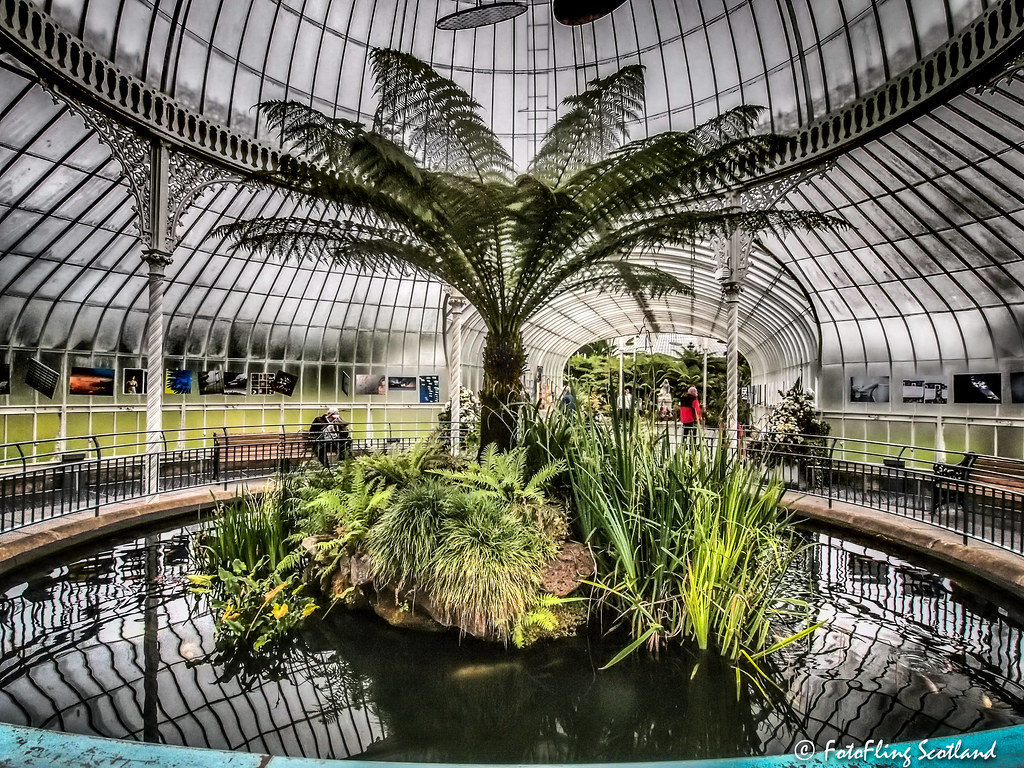
The City Botanical Gardens opened two centuries ago. The plant collection is so diverse and extensive that species are even specially grown for sale in gardens throughout the country. The architecture of the Glasgow Botanical Garden is also of considerable interest. The most elegant building is the Kibble Palace conservatory, erected at the expense of businessman John Kibble.
Royal Concert Hall
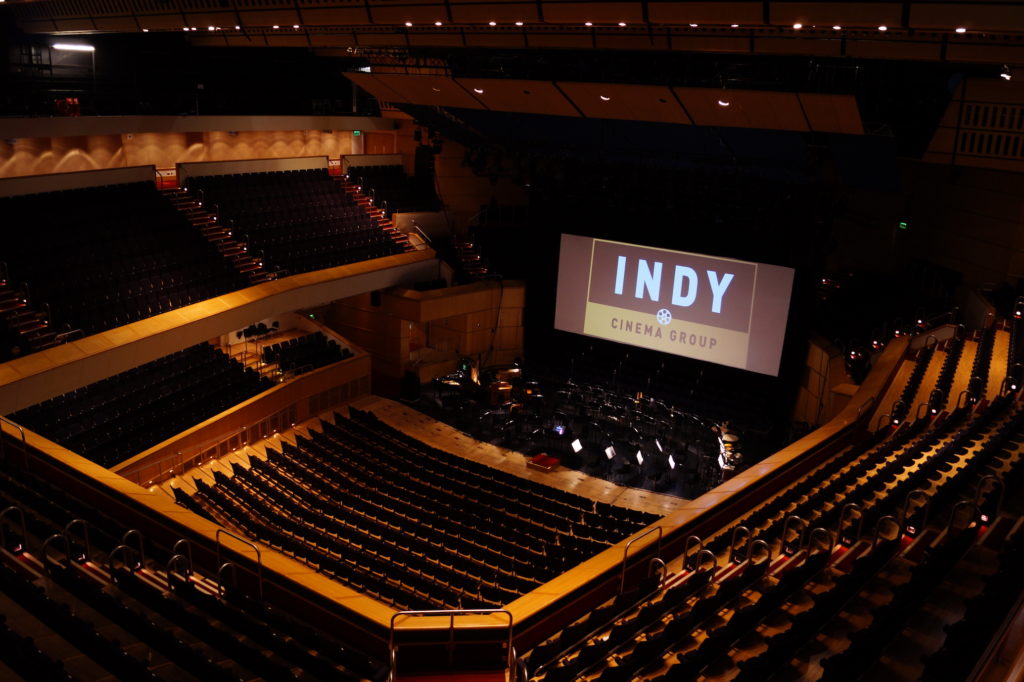
The scene is located in the center of Glasgow at the intersection of Sauchiehall Street and Buchanan Street. Basically, the hall is used for opera and ballet performances. But there are also concerts of modern music, graduation parties, and various celebrations. The building was constructed in the period 1988-1990 designed by architect Sir Leslie Martin. The hall accommodates about 2.5 thousand people. In addition to the concert stage, the complex has souvenir shops, cafes and an exhibition gallery.
University of Glasgow
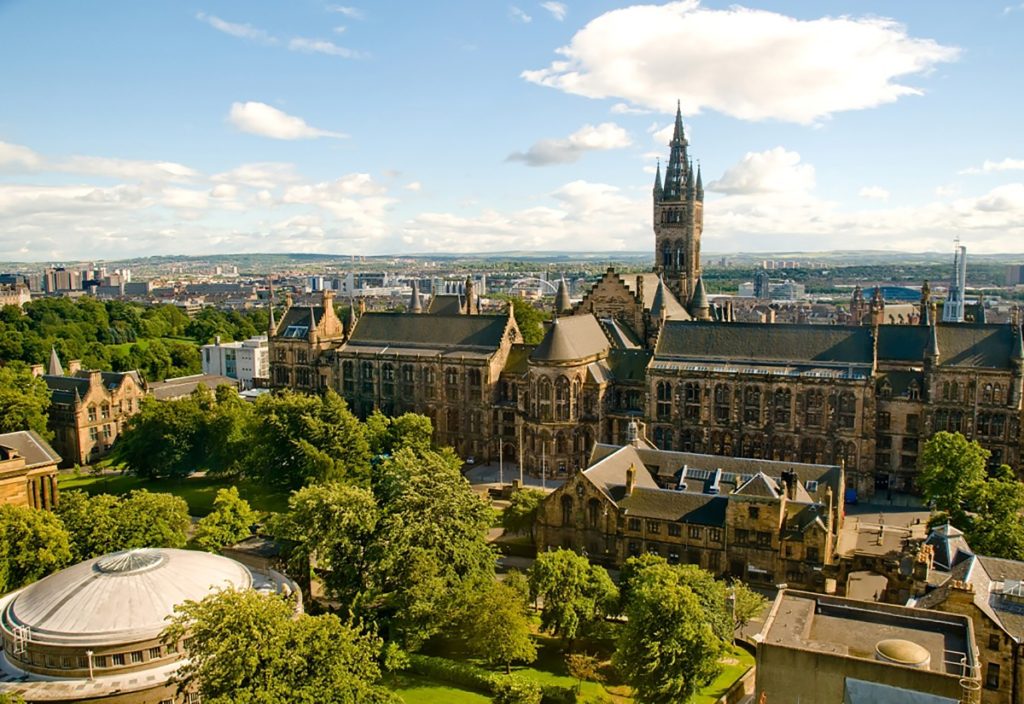
Glasgow University is not only the most famous landmark in Scotland but also of Great Britain. It was founded in 1451. Seven Nobel laureates graduated from it. The university has an outstanding library, which stores rare works written in the Middle Ages and the Renaissance. The collection consists of about 10,000 printed books and more than 600 manuscripts.
Glasgow Cathedral
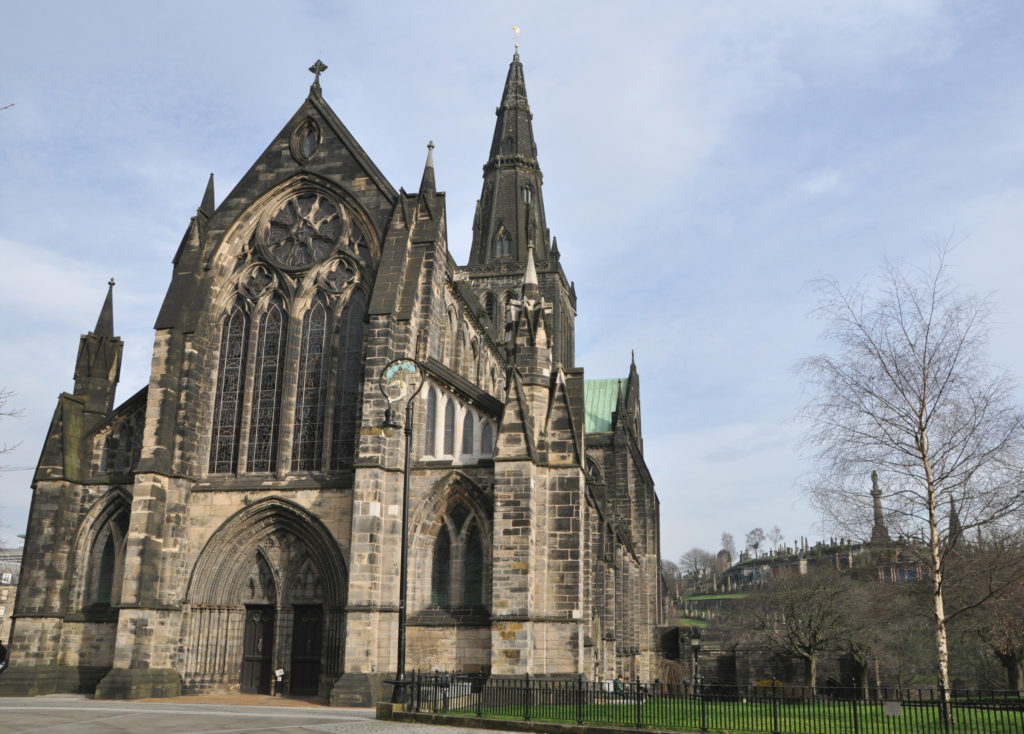
The temple was built in the XII century on the site of the chapel of St. Mungo – the patron saint of the city. The building of the cathedral was constructed in the manner of “Scottish Gothic”, which inherited some severity of architectural forms from the earlier Romanesque style. There is the tomb of St. Mungo, as well as the burial of members of the noble families of Glasgow inside the cathedral.







